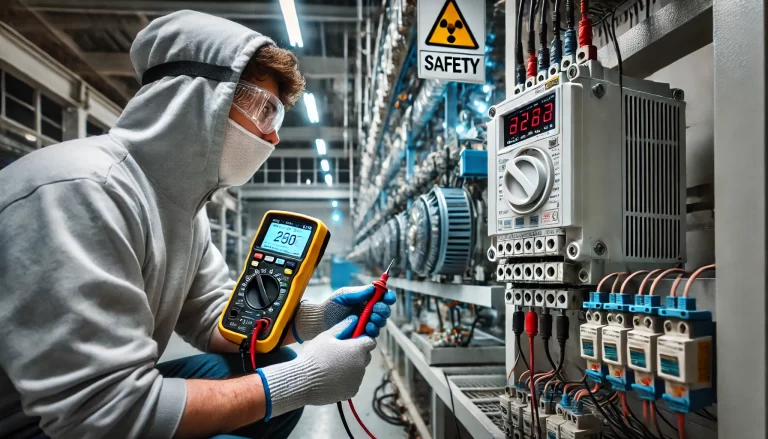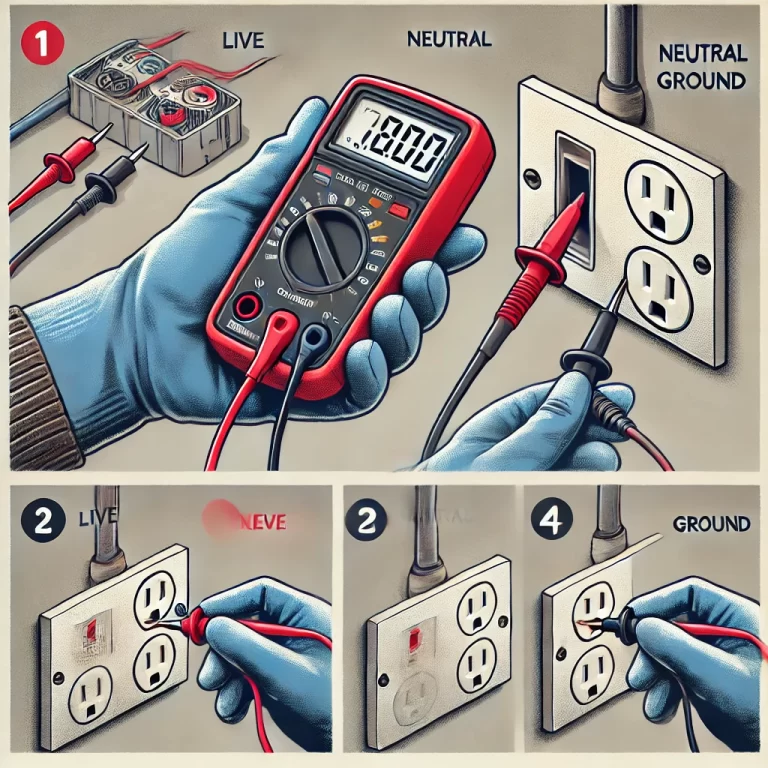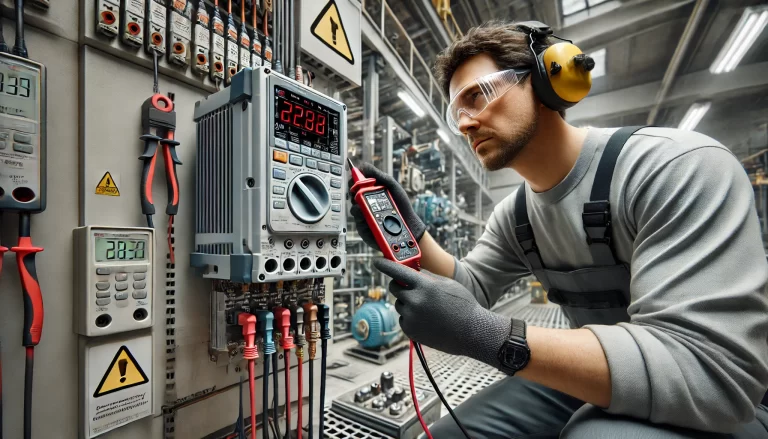When measuring resistance with a multimeter, it is essential to ensure that the circuit is de-energized (i.e., disconnected from any power source). This precaution is necessary for several reasons, including safety, accuracy, and the protection of both the multimeter and the circuit under test. Let’s explore why it is crucial to measure resistance only in a powered-off circuit.

1. Protection of the Multimeter
Multimeters are designed to measure various electrical parameters, including voltage, current, and resistance. When measuring resistance, the multimeter generates a small, controlled current to pass through the component being tested. This current is used to calculate the resistance based on Ohm’s law (R = V/I). However, if the circuit is powered on, there may be an external voltage present in the circuit. This voltage can interfere with the multimeter’s measurement system, leading to inaccurate readings and potentially damaging the internal components of the multimeter.
For instance, if the circuit is live, the voltage present across the resistor (or the component being tested) might exceed the multimeter’s input voltage range, which could cause permanent damage to the multimeter’s resistance measurement function.
Using a multimeter with built-in overload protection, such as the Fluke 117 Digital Multimeter, can help safeguard the device during measurements.

2. Accurate Resistance Measurement
When a circuit is powered on, any existing voltage or current in the circuit will affect the resistance measurement. The multimeter relies on the absence of an external voltage to accurately determine the resistance of the component. If power is applied to the circuit, the voltage across the component being measured will influence the multimeter’s small testing current, resulting in incorrect or fluctuating readings.
For example, when measuring a resistor, if the circuit is energized, the voltage from the power source can cause the multimeter to measure the total impedance (which could include reactance, such as inductive or capacitive effects), rather than the true resistance. Therefore, turning off the power ensures that the multimeter is only measuring the component’s resistance without any interference from the circuit’s power supply.
3. Safety Concerns
Perhaps one of the most critical reasons to disconnect power when measuring resistance is personal safety. In a live circuit, especially in high-voltage systems, there is always a risk of electric shock. If you attempt to measure resistance in a live circuit, not only is there the risk of inaccurate measurements, but you also put yourself in danger of electric shock.
Some electrical components, especially those in high-voltage systems, could store energy even after the power is turned off, which can also present a risk of electric shock. For this reason, always ensure that the circuit is fully de-energized before taking any resistance measurements.
For personal safety, wearing insulated gloves like the Klein Tools Insulated Gloves is recommended when working with electrical circuits.

4. Avoiding Damage to the Circuit
Besides protecting the multimeter, disconnecting power is also important for the safety of the circuit itself. Some components, particularly sensitive ones such as semiconductors or integrated circuits (ICs), may be damaged if an external voltage is applied while you’re trying to measure their resistance. When a component is powered on, measuring its resistance may cause current to flow in unintended ways, potentially damaging the component or even causing it to fail completely.
Utilizing high-quality test leads, such as the Multimeter Test Lead Set, ensures accurate readings and protects the circuit components.
5. Ensuring Reliable Results
In addition to safety and protection, disconnecting the power ensures that the measurements you take are reliable and repeatable. When power is off, you eliminate the risk of interference from other elements in the circuit that could skew the results. This leads to clearer, more trustworthy data that can guide further diagnostic work or repair efforts.

Conclusion
Measuring resistance with a multimeter is a straightforward process, but ensuring the power is off before you begin is essential. It prevents damage to the multimeter, ensures accurate readings, maintains safety, and protects the circuit. Always verify that the circuit is de-energized before using the resistance measurement function on your multimeter, and follow proper safety protocols to avoid risks. By doing so, you’ll achieve more reliable results while safeguarding both yourself and your equipment.
